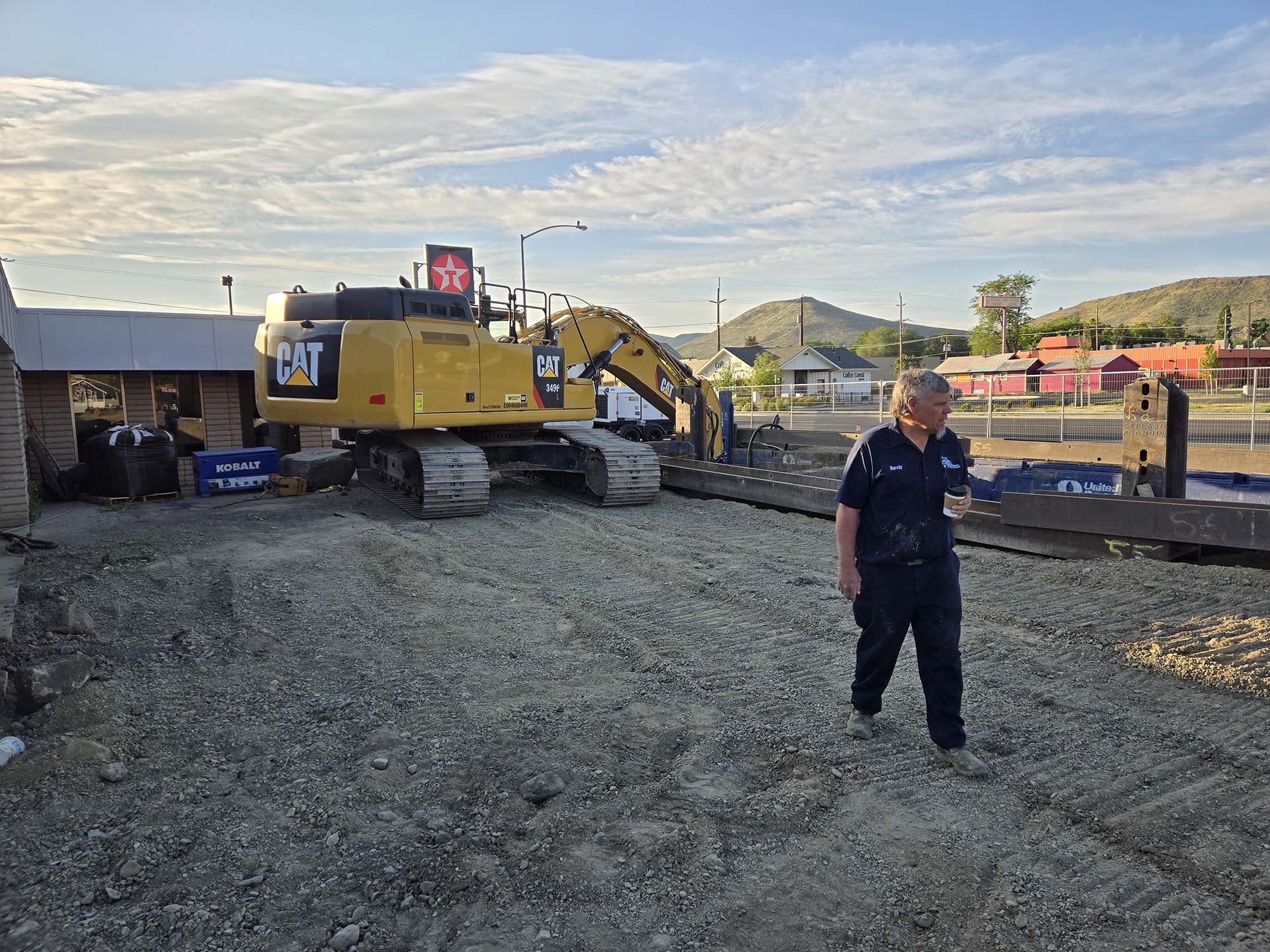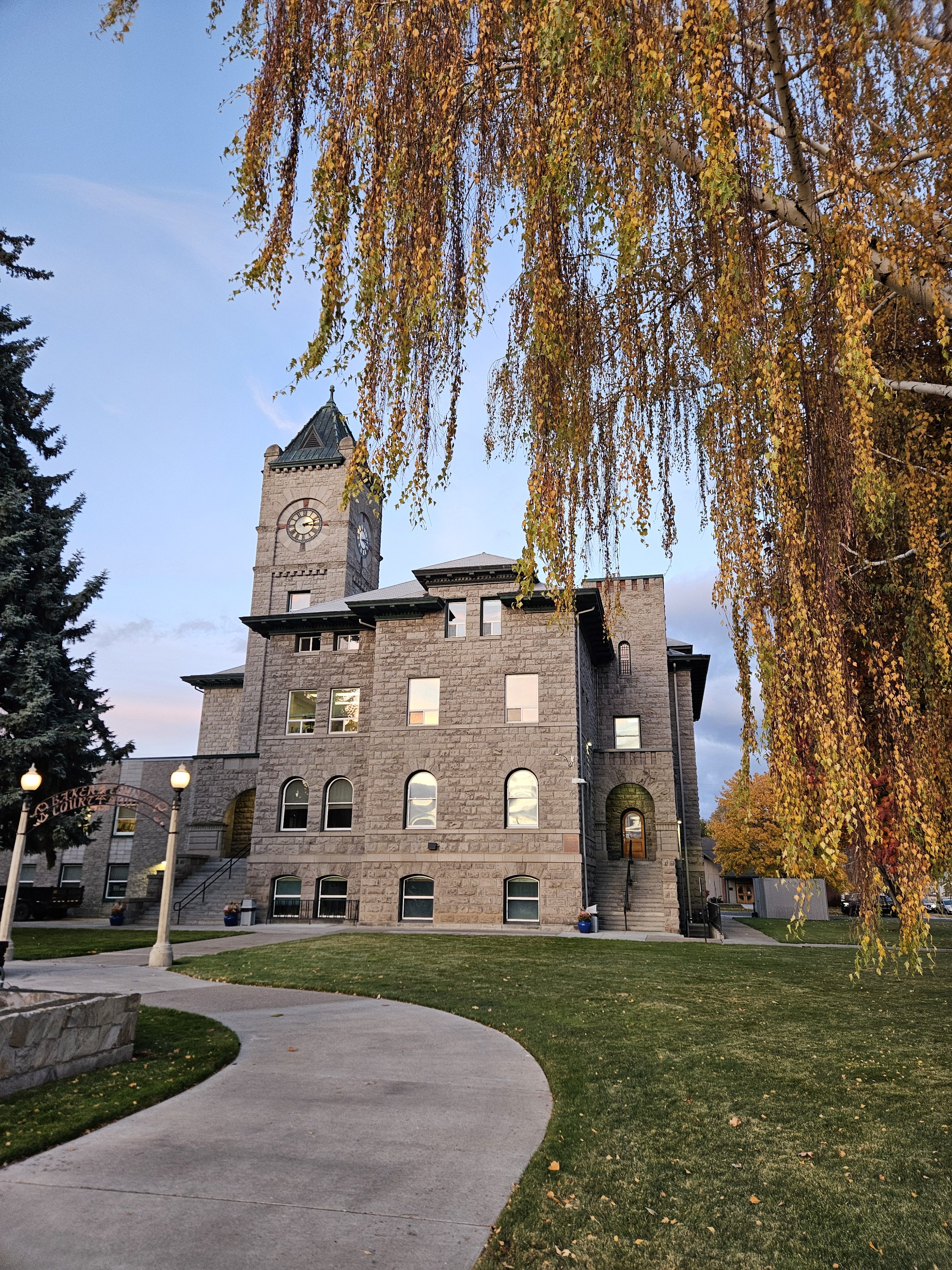Law’s a damper
Published 9:33 am Friday, July 3, 2009
Gov. Ted Kulongoski wants to clean Oregon’s air.
This is a fine goal, and one we share.
Trouble is, one of the governor’s tactics for achieving that goal puts
an unfair burden on places, including Baker City, where the air,
according to the state’s environmental watchdogs, is already admirably
pure.
That tactic is Senate Bill 102. Kulongoski signed the bill, also known as “Heat Smart,” into law in late June.
The law, the first of its kind in the nation, mandates that if your
home has a woodstove that’s not EPA-certified (this includes most
stoves built before 1986), you must remove the stove before you sell
your home.
But that’s not all you have to do.
In addition to removing the offending stove you must also, as the law puts it, “destroy the device prior to the closing date of the sale” of your home.
And finally, you have to “provide to the (Department of Environmental Quality) written confirmation of the removal and destruction.”
We’re baffled as to why Kulongoski, and the legislators who sent Senate Bill 102 to his desk, would want to heave another obstacle in the way of people who would like to sell, or buy, a home.
Although the law doesn’t explain what constitutes “destroying” a substandard stove, a definition of the process will be included in rules DEQ will write before the removal requirement takes effect, said Rachel Sakata, who works in the agency’s Air Quality Division.
That requirement can’t take effect before Aug. 10, 2010, according to the law.
(The bill was not universally popular, passing 19-11 in the Senate and 31-28 in the House. Baker County’s legislators, Rep. Cliff Bentz and Sen. Ted Ferrioli, both opposed the bill.)
The DEQ, in a recent press release, touted the new law as a way to “protect Oregonians from uncontrolled wood smoke by reducing pollution from residential wood heating devices across Oregon. Wintertime residential wood burning is a significant source of air pollution.”
Curious about what distinguishes “uncontrolled” smoke from the “controlled” variety, we we got to looking at the DEQ’s air quality statistics.
The numbers didn’t answer that question. But they do tell quite a different story than the agency’s press releases do.
For instance, according to DEQ’s most recent air quality report, for 2008, just two places in Oregon don’t meet the National Ambient Air Quality Standards: Klamath Falls and Oakridge.
This leaves us to wonder just what DEQ means when it claims woodstoves constitute a “significant” source of air pollution.
Not significant enough, anyway, for the feds to cry foul about what people are breathing in Baker City and in more than a dozen other cities.
DEQ rated Baker City’s air quality as “good” on 331 days in 2008. The air quality was “moderate” on 34 days, and “unhealthy for sensitive groups” on one day.
“Unhealthy” sounds bad, but it’s actually in the middle of the ratings scale. There are three worse ratings: “unhealthy,” “very unhealthy” and “hazardous.” Baker City’s air hasn’t degraded into any of those categories since DEQ started measuring here in 2003.
Nor is Baker City unique among Oregon cities in that respect. In fact, thanks in part to DEQ’s efforts and to a state law enacted in the 1980s that sets emissions limits for new woodstoves, in general Oregon’s air, both west and east of the Cascades, is cleaner now than it was 10 and 20 years ago.
Also, even before Kulongoski signed Senate Bill 102, it was illegal in Oregon to sell, or even to advertise for sale, a woodstove that’s not EPA-certified.
The bottom line is that Oregon is well on its way to replacing older woodstoves with models that produce, according to DEQ, 70 percent less pollution.
Air quality reports show that Oregon doesn’t need another law intended to rid the state of outdated stoves – especially a law that affects not only people who want to sell a woodstove, but also those who want to sell the house the stove warms.





